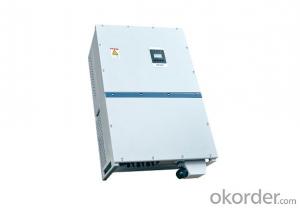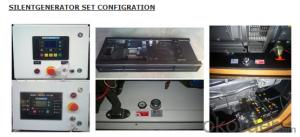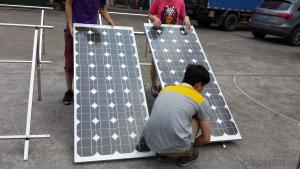50kw Solar Inverter
50kw Solar Inverter Related Searches
Best 3 Phase Solar Inverter Best Off-Grid Solar Inverter Best Off Grid Solar Inverter Off Grid Solar Inverter System Solar Panel Off Grid Inverter 3 Phase Solar Battery Inverter Solar Power Inverter Off Grid 3 Phase Solar Micro Inverter Cheap Off Grid Solar Inverter 5kw 3 Phase Solar InverterHot Searches
Type Of Inverter For Solar Types Of Inverter For Solar Used Solar Inverter For Sale Inverter Size For Solar System Solar Edge Inverter For Sale 5kw Solar Inverter For Sale Solar Inverter For Sale Solar Inverter For Battery Solar Inverter For Split Ac Solar Inverter For Laptop Solar Inverter For Fridge Solar With Inverter Price Solar Inverter With 2 Battery Solar Inverter Price In China Best Solar Inverter In China Solar Inverter Price In Dubai Solar Inverter Price In Uae Solar Inverter Price In Kenya Solar Inverter Price In Kerala Solar Hot Water Collectors For Sale50kw Solar Inverter Supplier & Manufacturer from China
Okorder.com is a professional 50kw Solar Inverter supplier & manufacturer, offers integrated one-stop services including real-time quoting and online cargo tracking. We are funded by CNBM Group, a Fortune 500 enterprise and the largest 50kw Solar Inverter firm in China.Hot Products
FAQ
- Yes, a solar inverter can be used in systems with different module currents. Solar inverters are designed to convert the DC power produced by the solar panels into AC power for use in the electrical grid or for powering appliances. They typically have a wide range of input voltage and current ratings to accommodate different solar panel configurations. As long as the total power output of the solar panels is within the specifications of the inverter, it can be used in systems with varying module currents.
- Yes, a solar inverter can be used in a community solar project. A solar inverter is an essential component that converts the direct current (DC) generated by solar panels into alternating current (AC) for use in homes and businesses. In a community solar project, multiple participants can benefit from a shared solar installation, and each participant can have their own solar inverter to convert the DC energy into usable AC power.
- Yes, there are some safety concerns associated with solar inverters. One of the primary concerns is the risk of electrical shocks or fires due to faulty installation or maintenance of the inverter. Additionally, some inverters may generate heat during operation, and if not properly ventilated, it can pose a fire hazard. It is crucial to follow proper installation guidelines, regularly maintain the inverter, and hire qualified professionals to minimize these safety risks.
- Yes, a solar inverter can be used in a ground-mounted solar system. A solar inverter is an essential component of a solar system that converts the direct current (DC) generated by the solar panels into alternating current (AC) electricity that can be used to power homes or be connected to the grid. Whether the solar system is ground-mounted or rooftop-mounted, a solar inverter is required to ensure the efficient and safe operation of the system.
- To choose the right size solar inverter for your system, you need to consider the total power output of your solar panels and the maximum power rating of the inverter. It is important to match the inverter's capacity with the maximum power output of your solar panels to ensure optimal performance and efficiency. Additionally, factors such as the type of system (off-grid or grid-tied) and future expansion plans should also be taken into account when determining the appropriate size of the solar inverter for your system.
- A solar inverter handles variations in grid frequency by continuously monitoring the frequency of the grid and adjusting its output accordingly. It is designed to synchronize with the grid frequency and maintain a stable and consistent output, even when the grid frequency fluctuates. This helps to ensure that the solar energy generated is efficiently fed into the grid, without causing any disruption or damage to the inverter or the grid itself.














































